
From Scars to Waterfalls: A Week in Croatia

It has only been seven days since our last post, but it feels like much longer. The week began with us crossing yet another border, this time from Slovenia into Croatia. We chose a small, remote border crossing in the mountains. As Croatia is part of the Schengen Agreement, there was no real border procedure — no questions, no passport checks, nothing. A seamless transition, just as expected. And yet, despite the lack of any formalities, it felt like a border, unlike any crossing before. Something was different.
What immediately struck us was the stark contrast in the landscape. While Slovenia had felt consistently well-maintained, this part of Croatia revealed a different picture. As we drove through the valleys, we saw large parts of villages seemingly abandoned. Empty buildings stood in eerie silence — big restaurants with expansive parking lots, their windows shattered, graffiti-covered walls, missing plaster. Some buildings were left in an unfinished state, as if construction workers had walked away on a Friday decades ago and never returned. And it wasn’t just one or two buildings — there were many. But in the midst of this desolation, right next door, you’d find beautifully renovated homes, modern architecture, pools, and expensive cars. The contrast was baffling.
With these impressions fresh in our minds, we set off into the mountains to visit a lost place that had been on our bucket list for years, the Uprising Monument in Banija and Kordun.
A Monument to History, A Victim of Neglect
The Monument in Petrova Gora was once a gleaming tribute to the partisan resistance during World War II. Its futuristic stainless-steel architecture stood as a symbol of resilience and defiance against fascism.
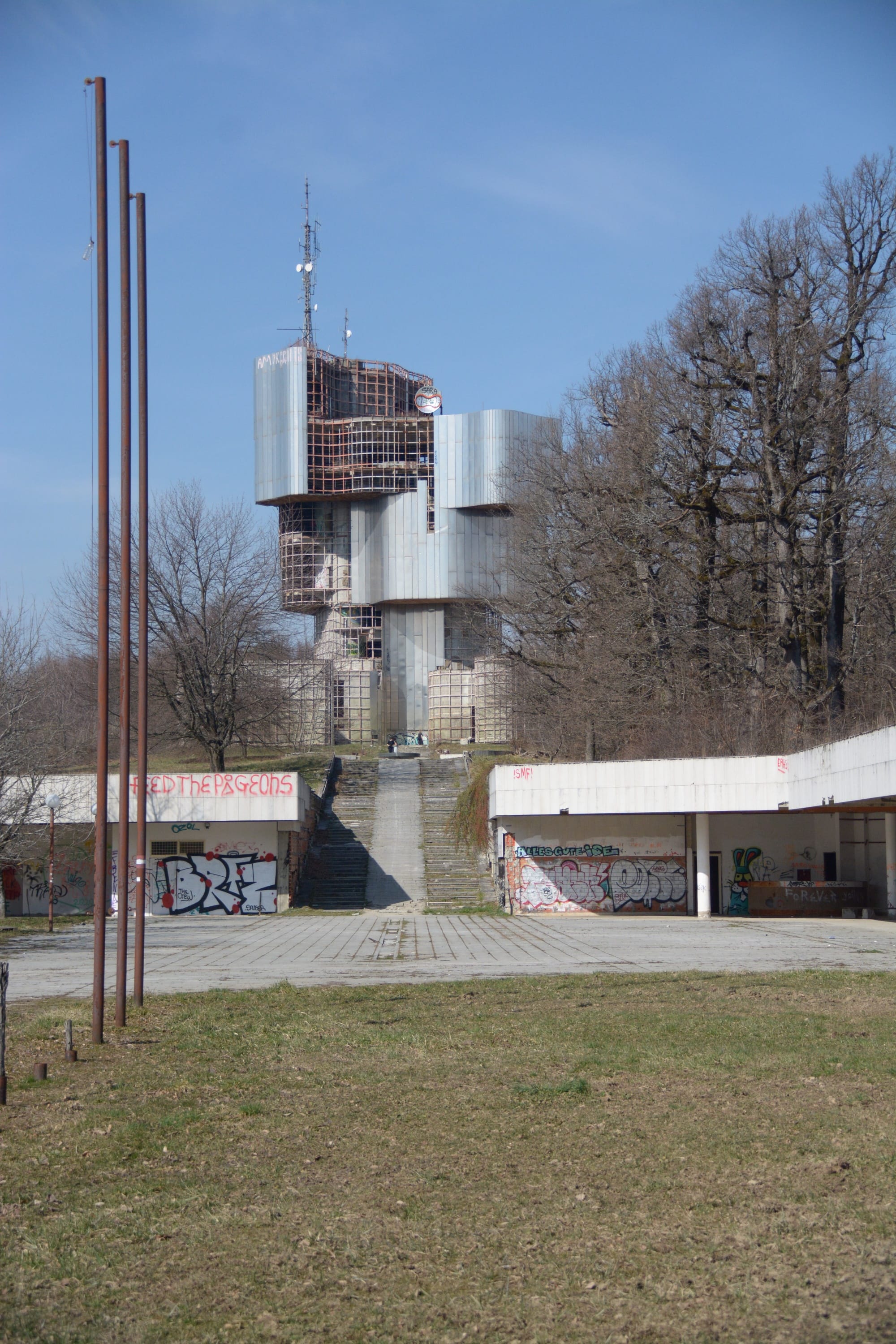
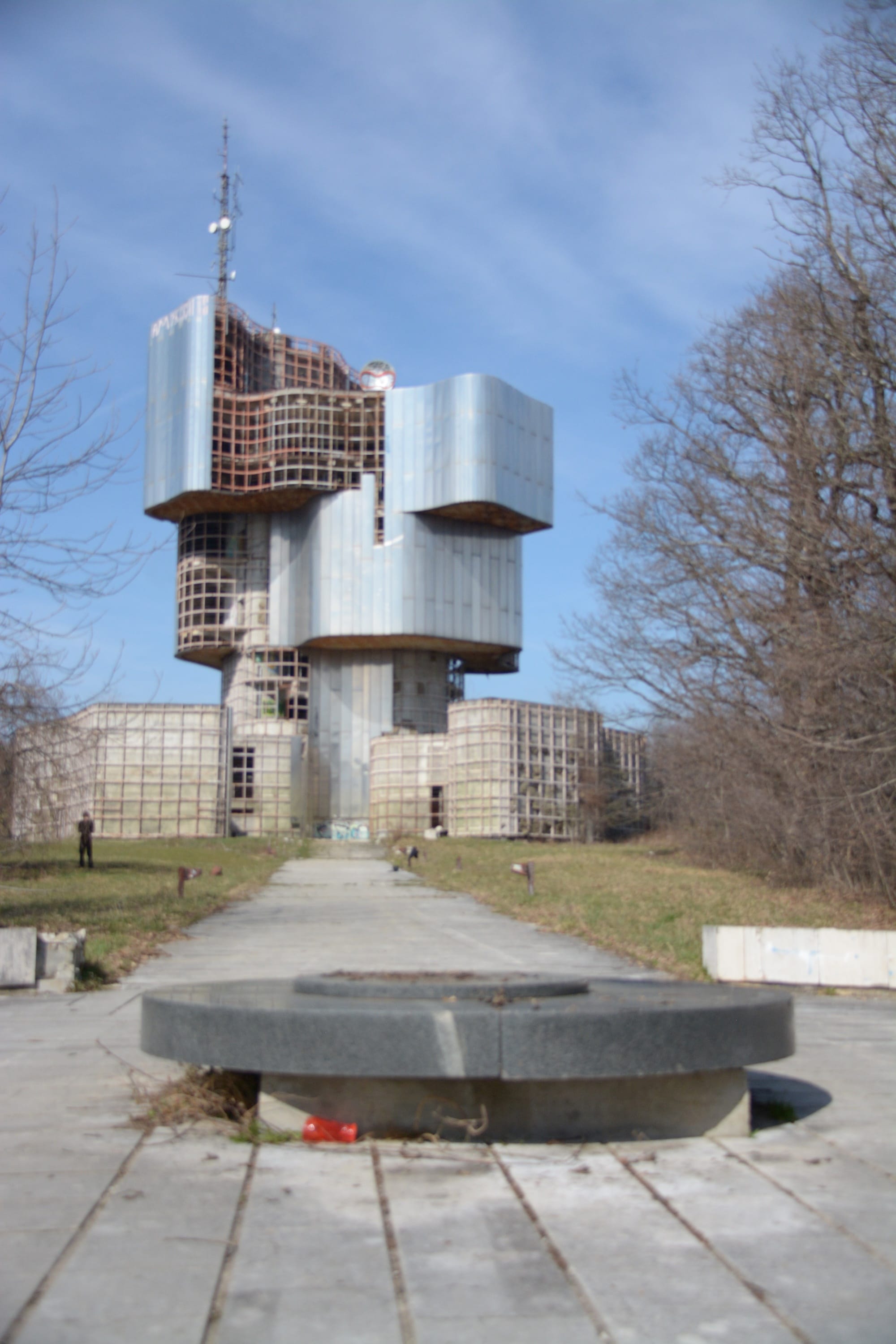
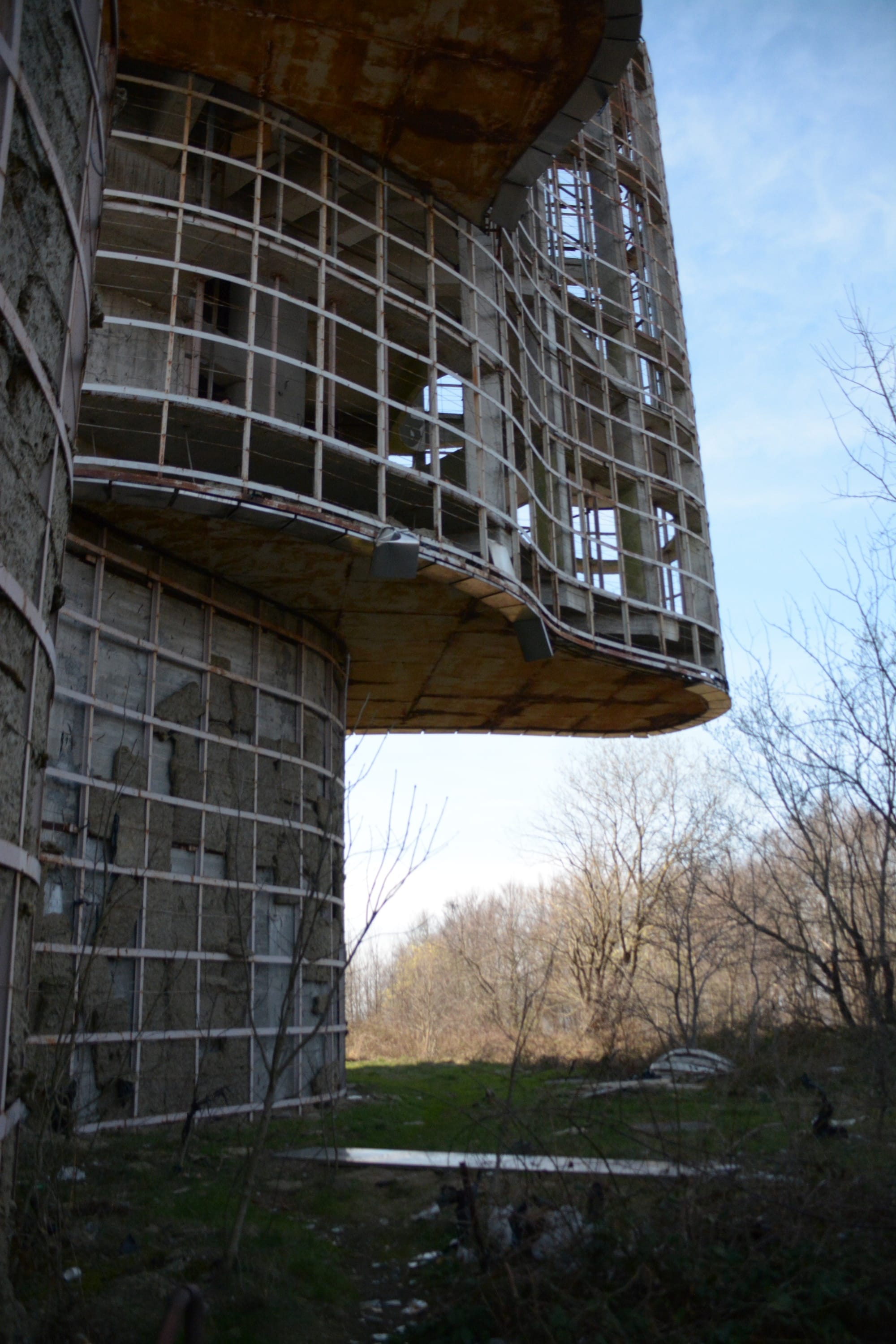
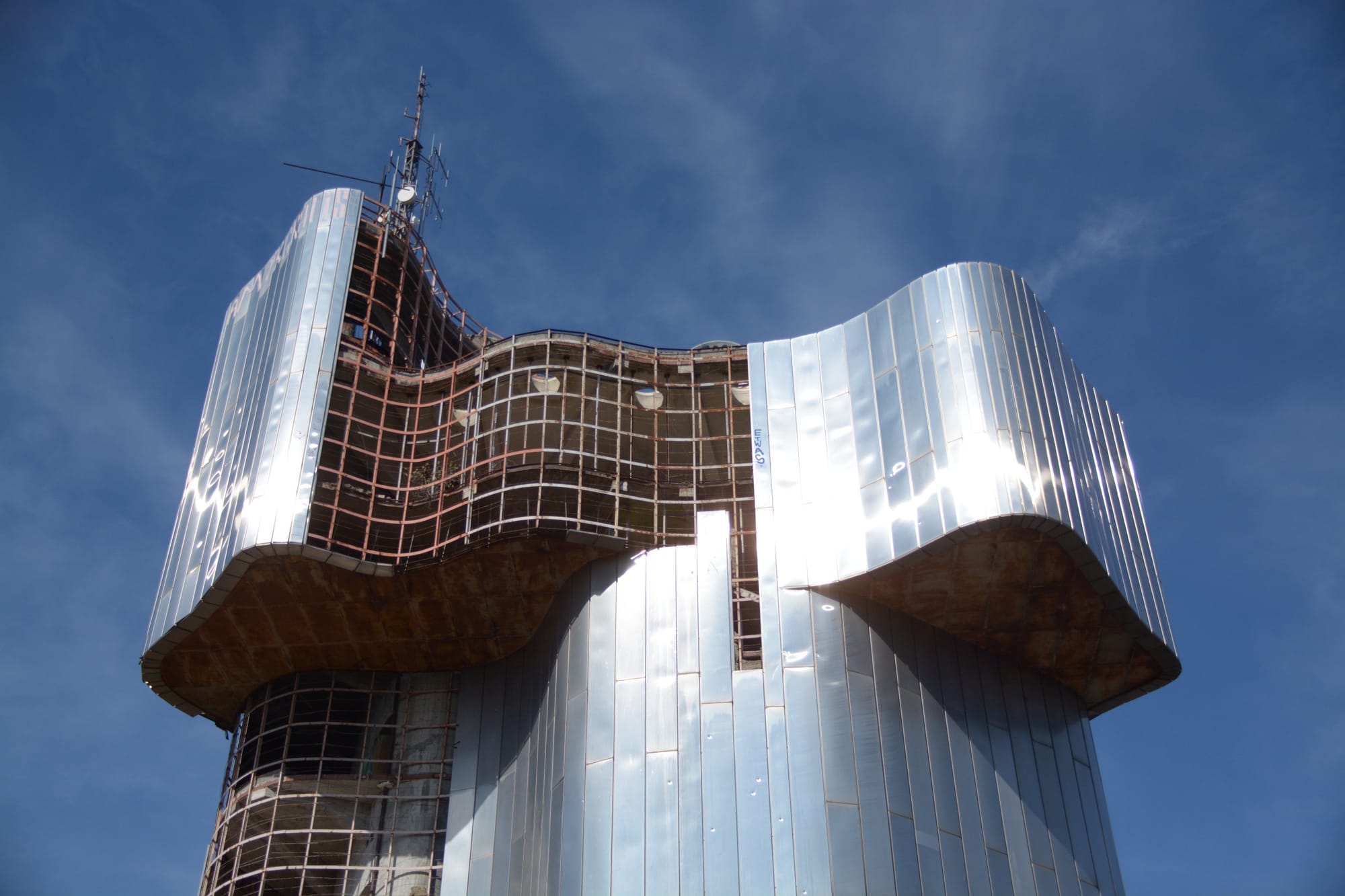
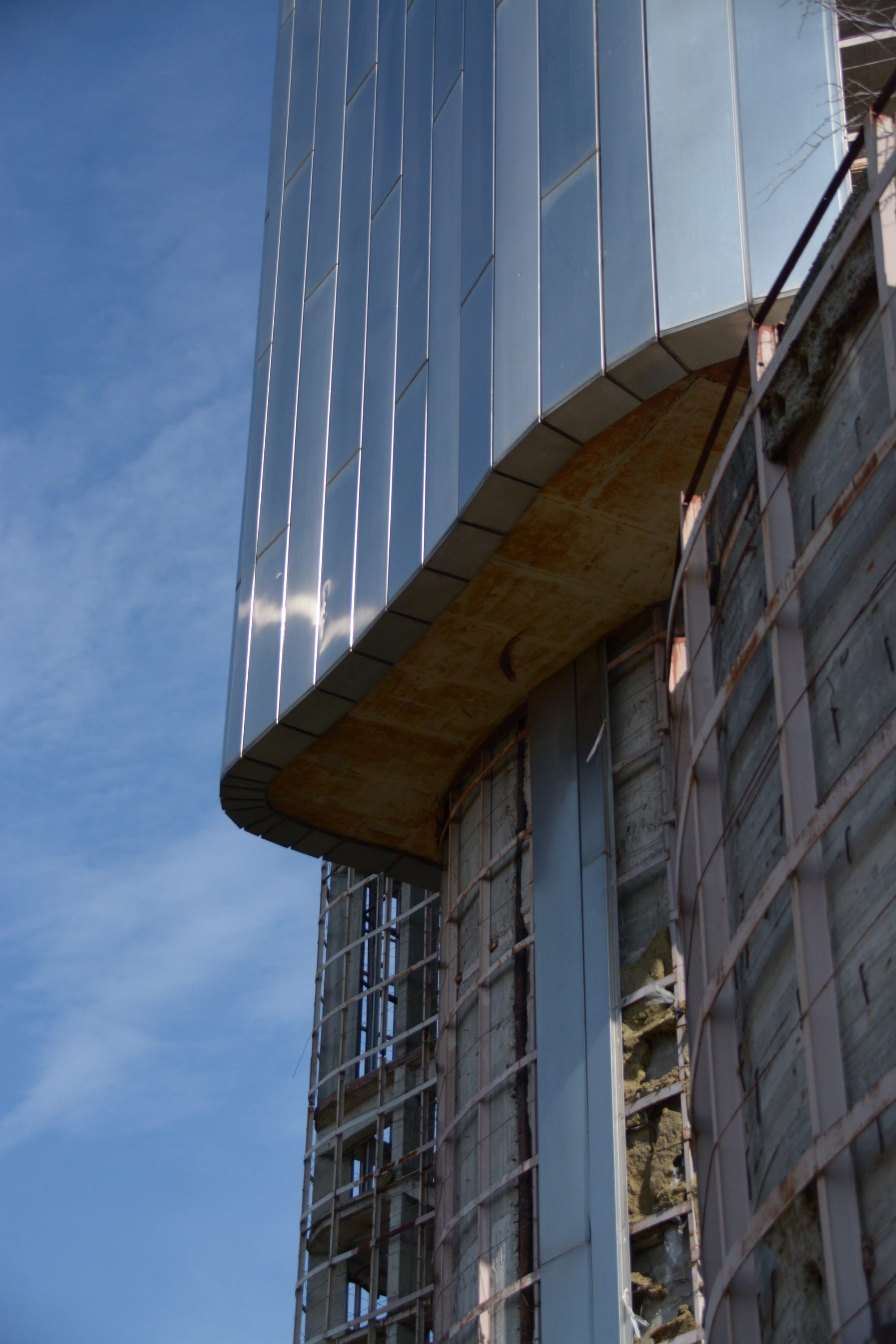
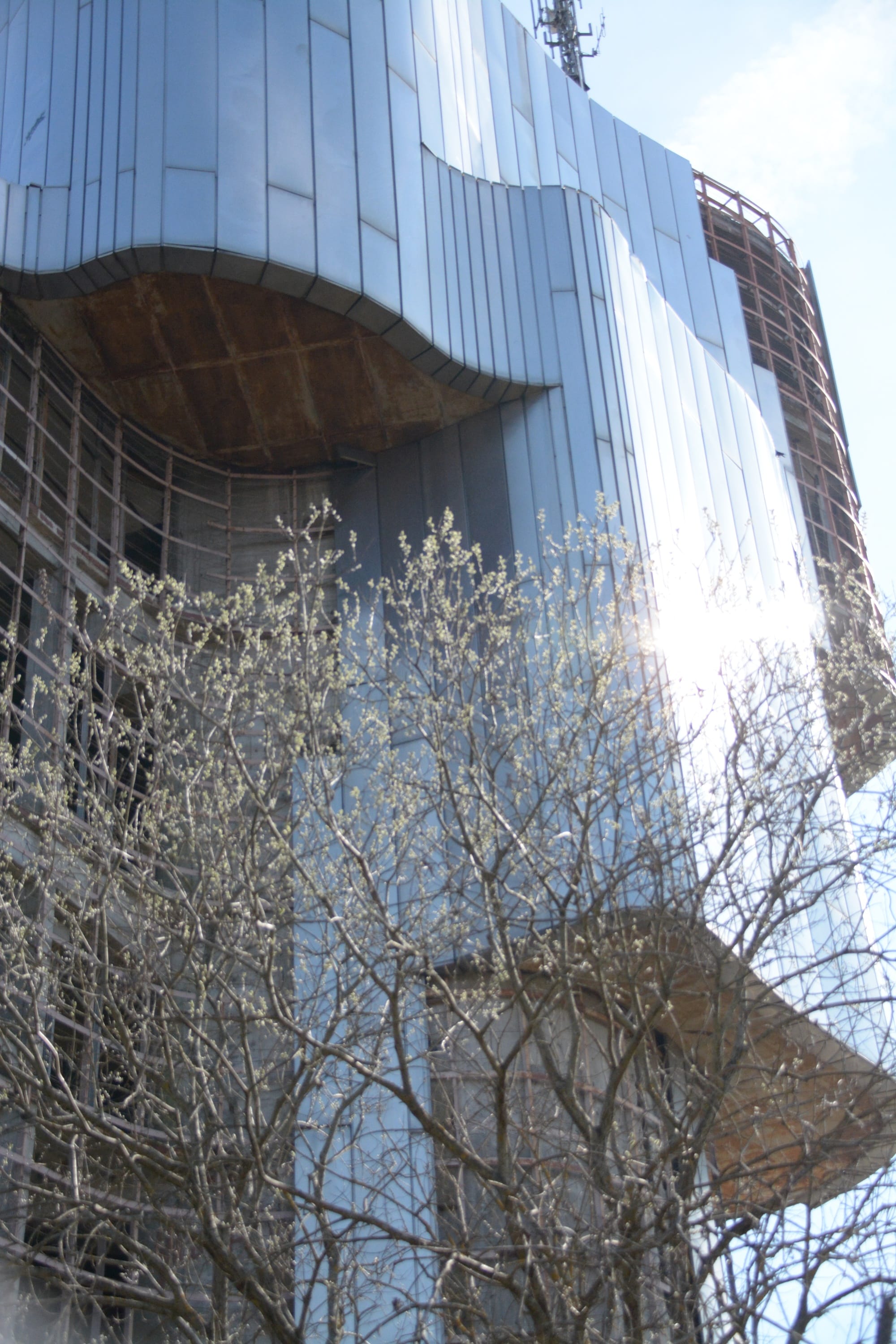

Originally, the monument stood proudly on top of the mountain, featuring a museum, a welcoming hall, and a vast square with plenty of parking. It was once a bright, shiny landmark. But today, it is completely abandoned — more than that, it has been looted. The marble plates that once gave it a festive and dignified appearance are gone. Half of the stainless-steel plates that once covered its facade have been stripped away. What remains is a skeletal shell of concrete and steel, a ghostly reminder of what once was. It is still open to the public, and some visitors even climb onto the rooftop to take in the breathtaking views of the surrounding area. However, we refrained from going up there, as it did not feel secure. But even from the ground, the atmosphere of this place was overwhelming — it truly felt like a lost place, a relic of history fading into the wilderness.
We spent the entire afternoon on that hill, absorbing the atmosphere, letting the weight of history settle in. It wasn’t just impressive — it was deeply moving.
Seeking Understanding
Like many, we had heard about the Yugoslav Wars before, but we had never truly taken the time to understand them. That evening, we felt compelled to dig deeper. We found a powerful documentary on ZDF Mediathek called Balkan in Flammen ("Balkan in Flames"). Over three episodes, it unraveled the complexity of the conflict, helping us make sense of the half-abandoned villages we had driven through.
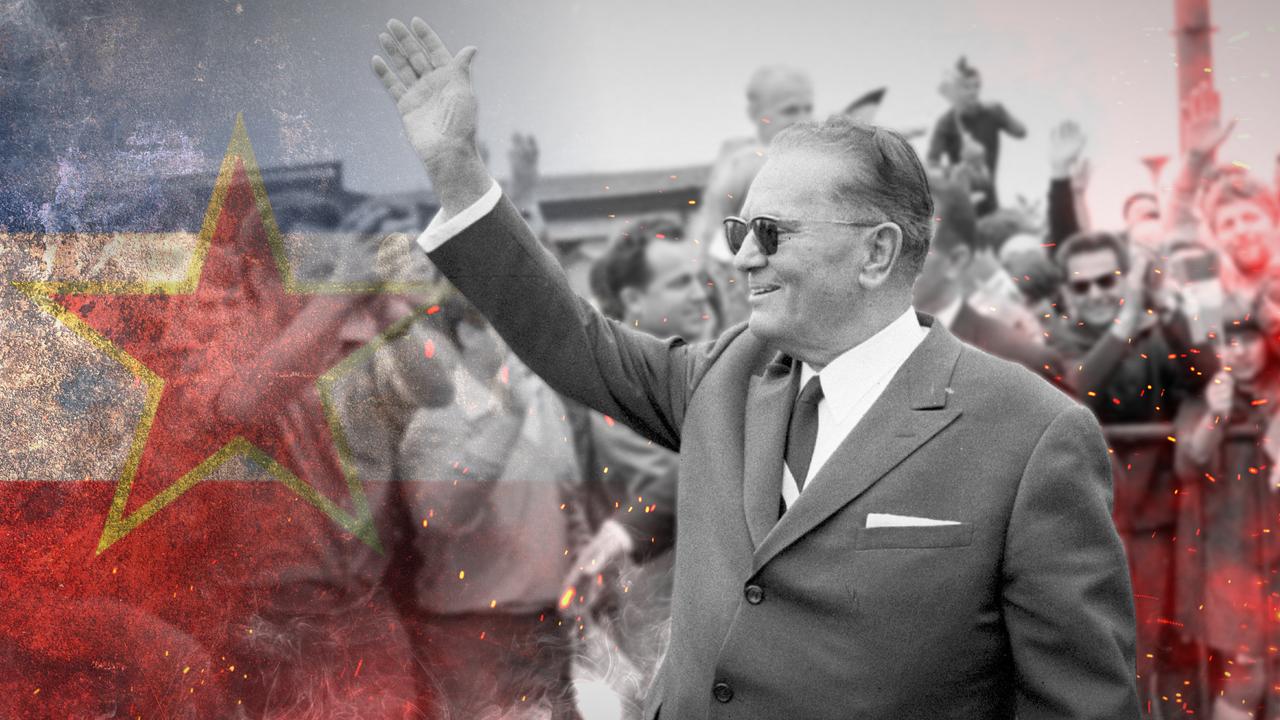
We don’t feel it's our place to take sides in such a deeply rooted and painful history. But one thing became clear: much of what we had seen — those abandoned buildings — were likely homes once belonging to people who, due to their faith or ethnicity, were no longer welcome and had to leave. The scars of history were all around us.
Finding Solace in Nature
Overwhelmed by what we had seen and learned, we searched refuge in nature. We made our way to the Plitvice Lakes, famous for their breathtaking waterfalls. It was the perfect antidote to the emotions of the past days. There, surrounded by cascading waters and lush greenery, we found a sense of peace.
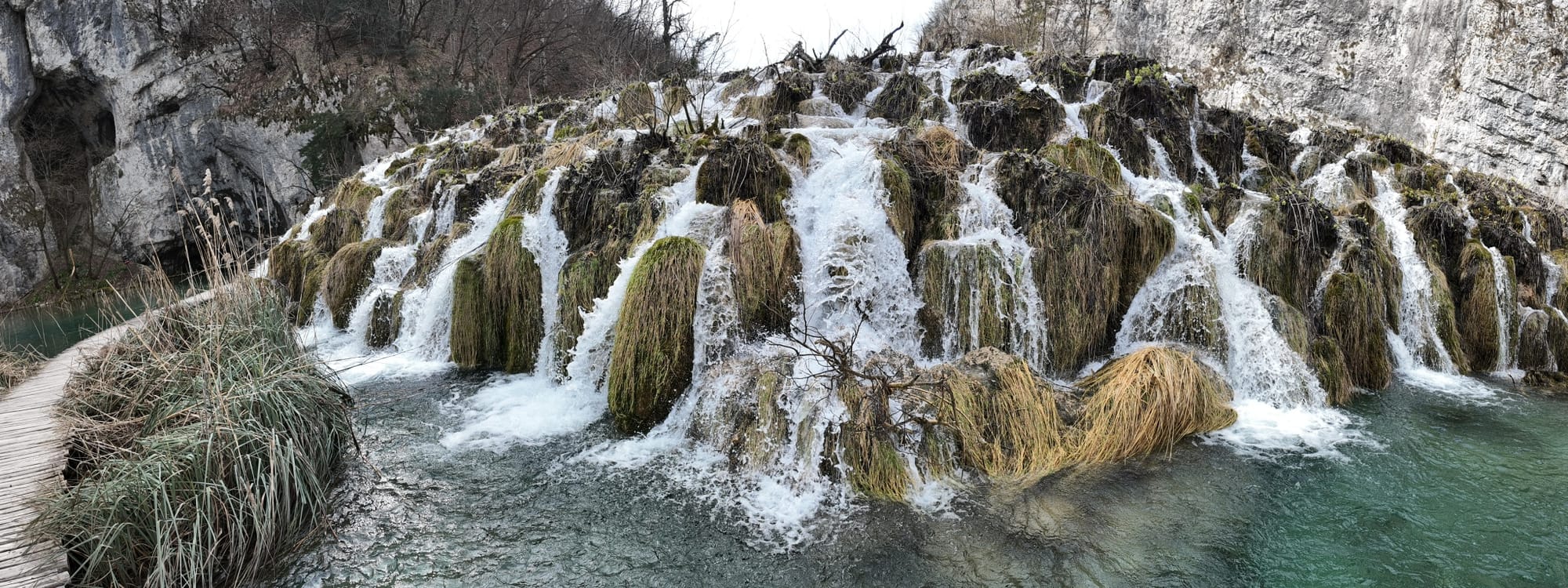
Nature, in its timeless beauty, stands in stark contrast to the turmoil of politics and war. While human history is written in borders, conflicts, and abandoned places, nature continues its course.
And for two days, we simply let ourselves be in the moment, taking in the views, appreciating the stillness. The endless rush of water, felt like a counterpoint to the ruins we had seen before. The vibrant greens of the forests, untouched and thriving, seemed to whisper of resilience in a way that no monument ever could.
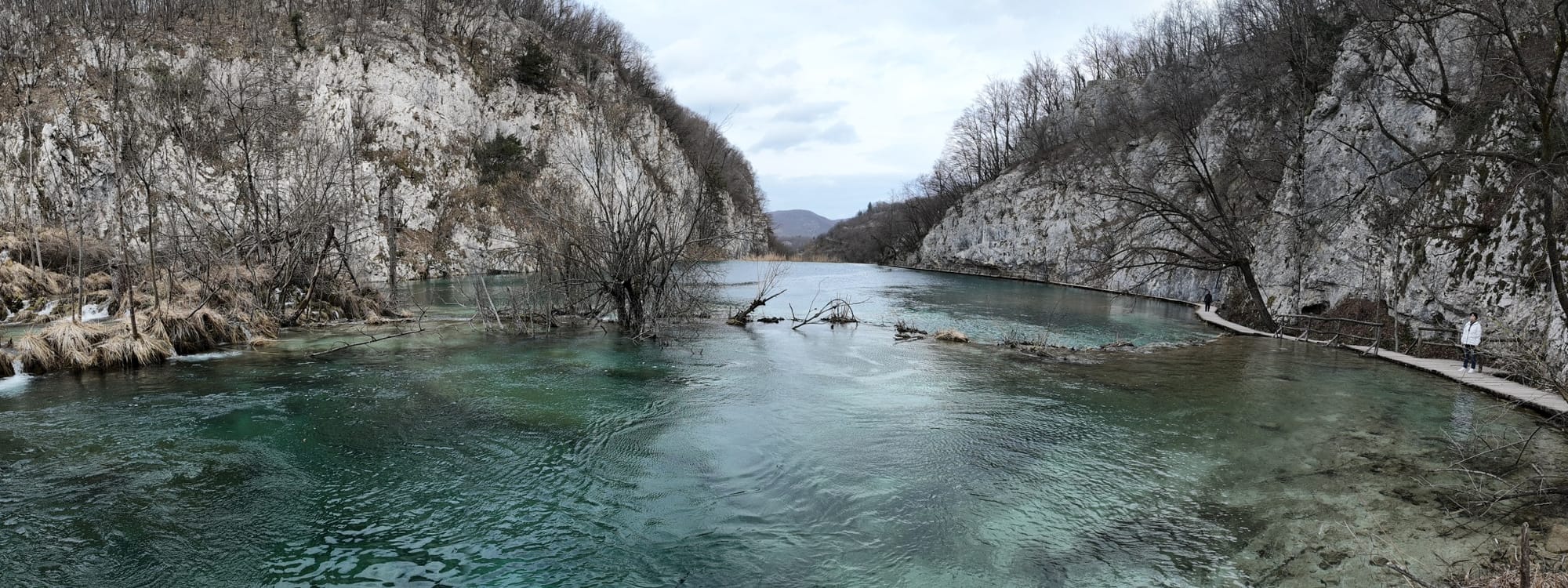
We wandered along the wooden walkways, letting the sound of water fill our minds, drowning out the weight we had absorbed in the days before. Every now and then, the sun broke through the clouds, casting reflections on the turquoise lakes. Here, in this place of beauty, the world seemed simpler — just the sound of birds, the cool mist from the falls on our skin, and the realization that nature doesn’t take sides. It simply exists, no matter what.
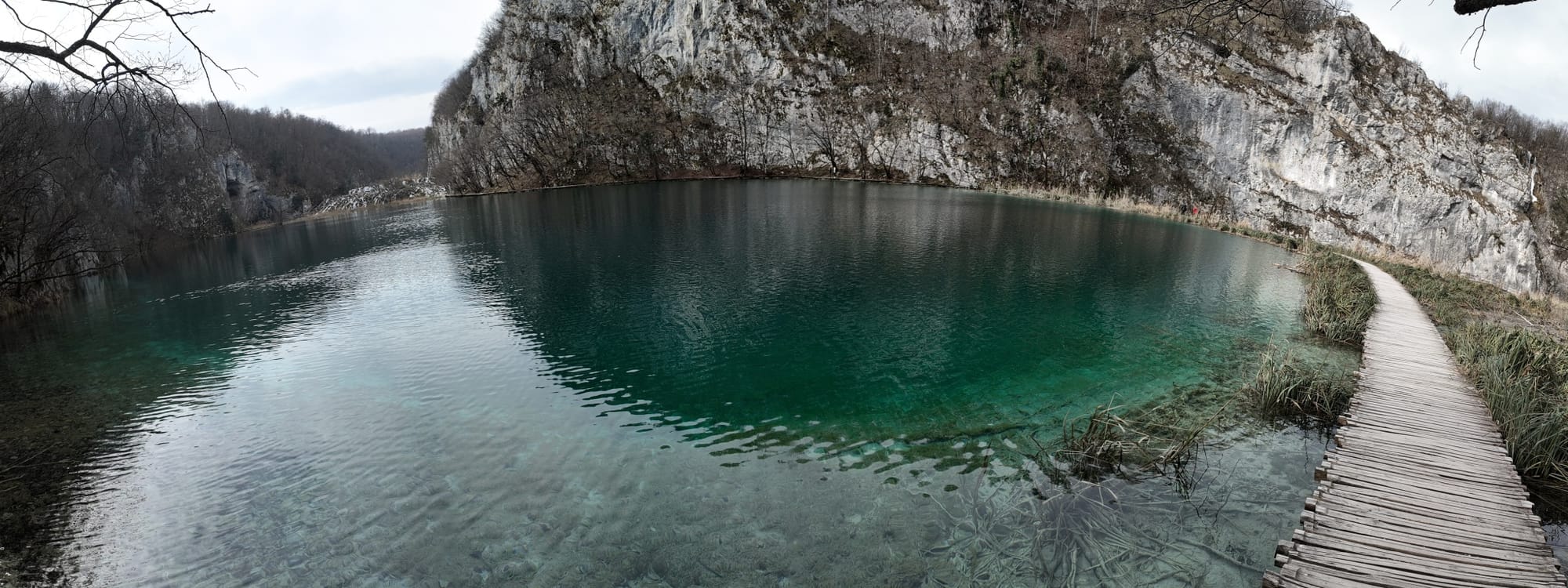

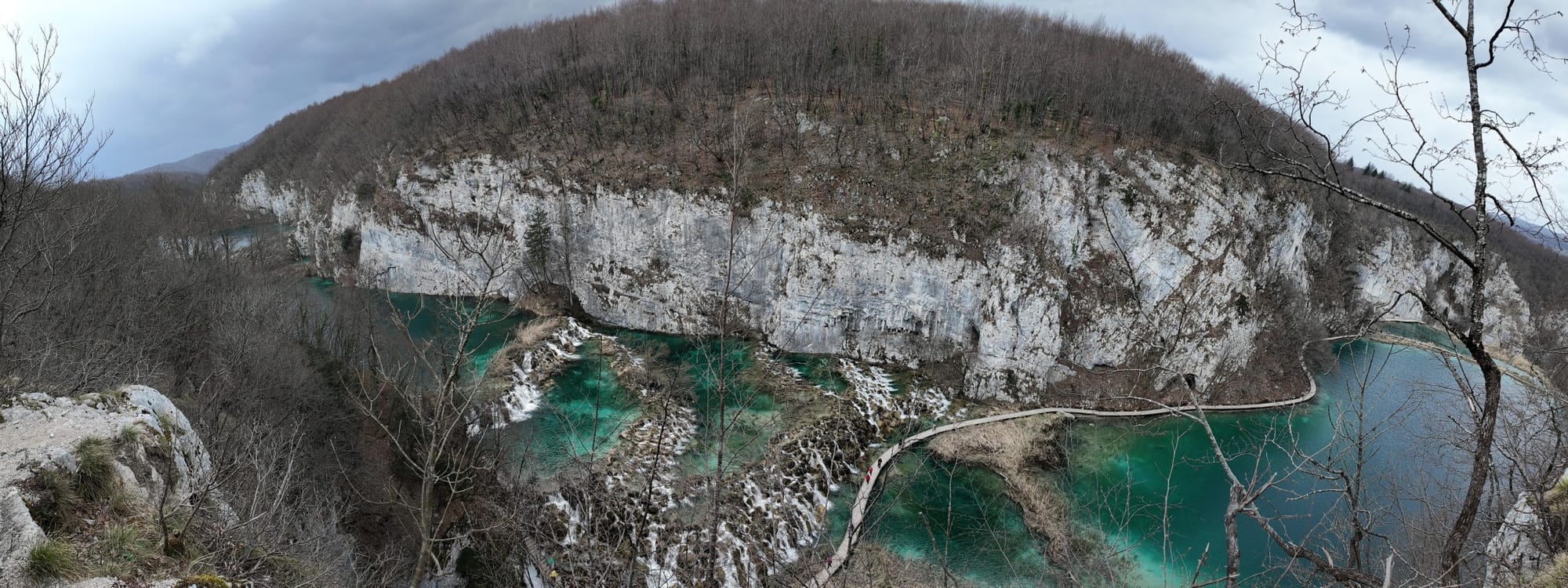
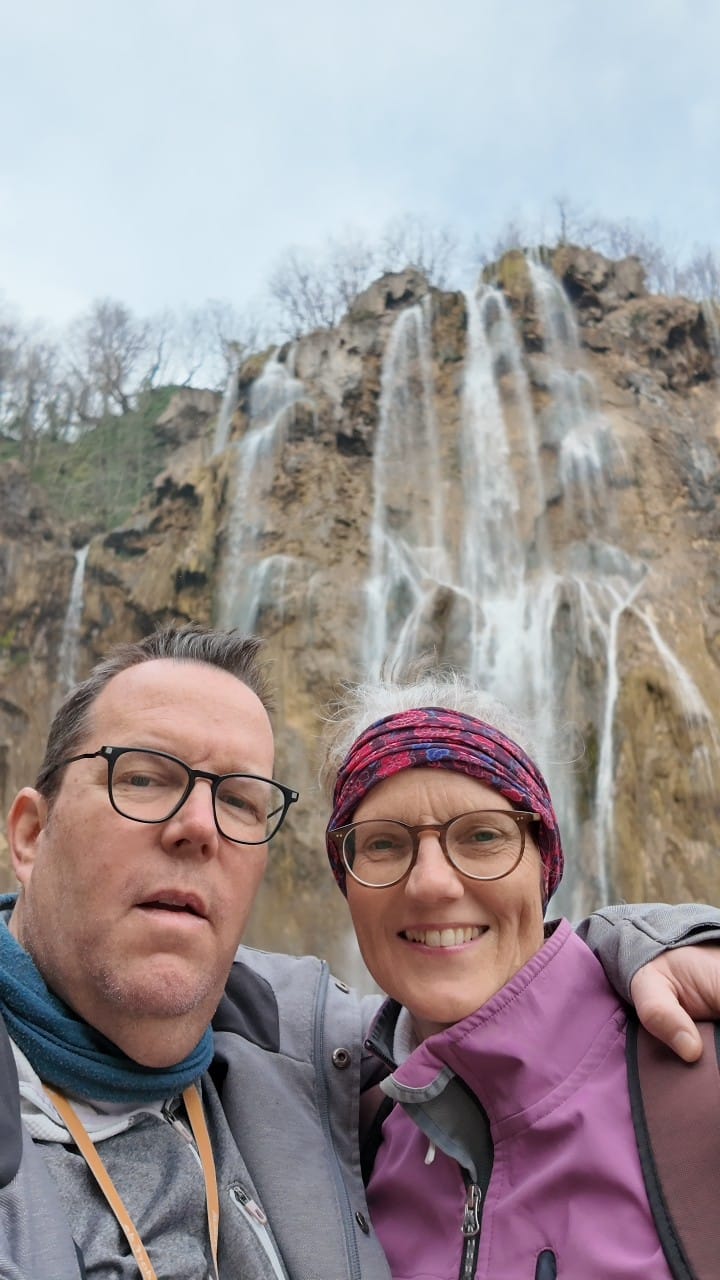
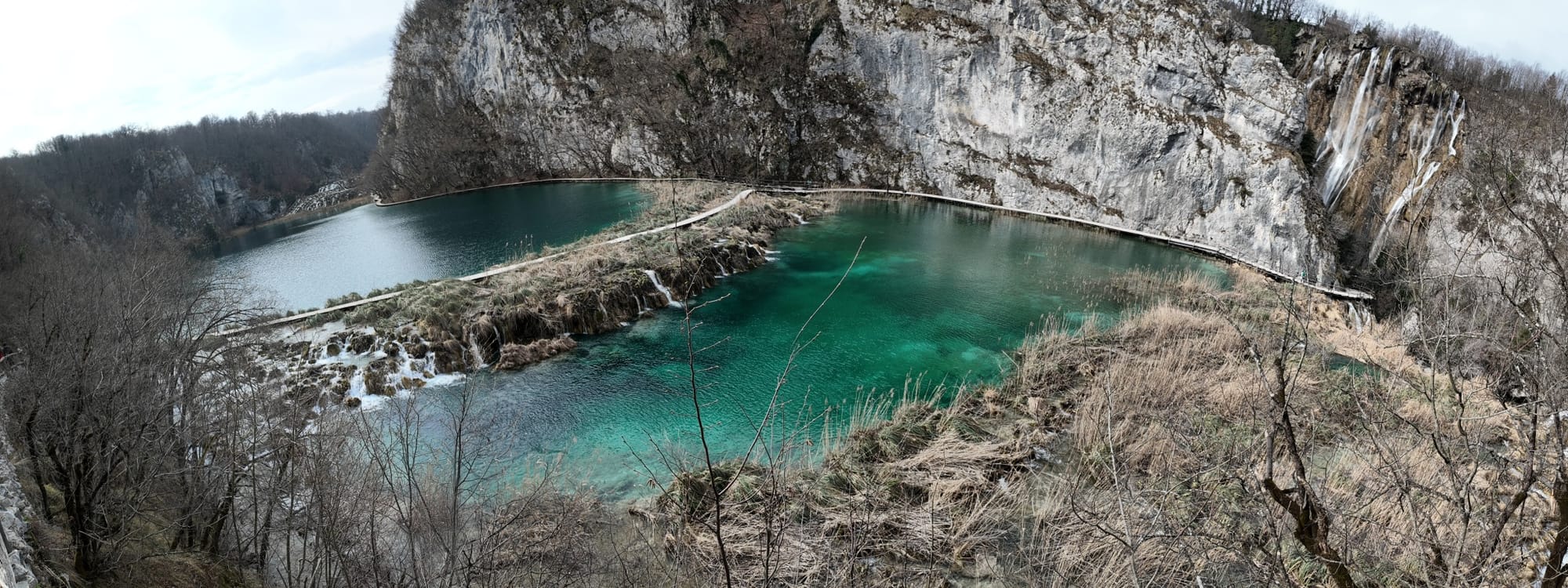
It was exactly what we needed — to step away from the questions and emotions stirred by what we had seen and to immerse ourselves in something that asked nothing of us, that just was. Two days of pure presence, of letting go of thoughts, and of simply feeling small in the face of something so grand.
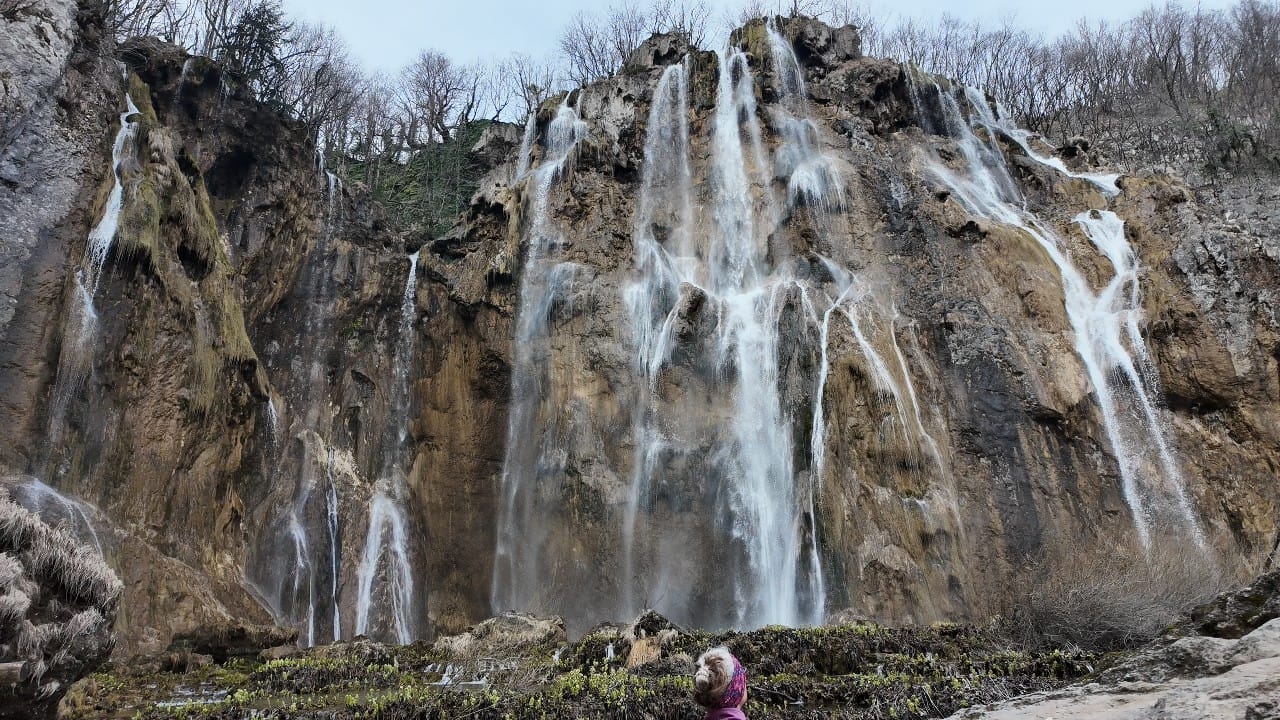
"Where history fades, nature endures — water flowing endlessly, washing away the echoes of the past."
This part of the journey through Croatia has been more than just a trip so far — it has been an eye-opening experience, a reminder of how history lingers in landscapes and buildings, in what is lost and what remains. And as we move forward, we carry these impressions with us.
Explore. Dream. Discover.

